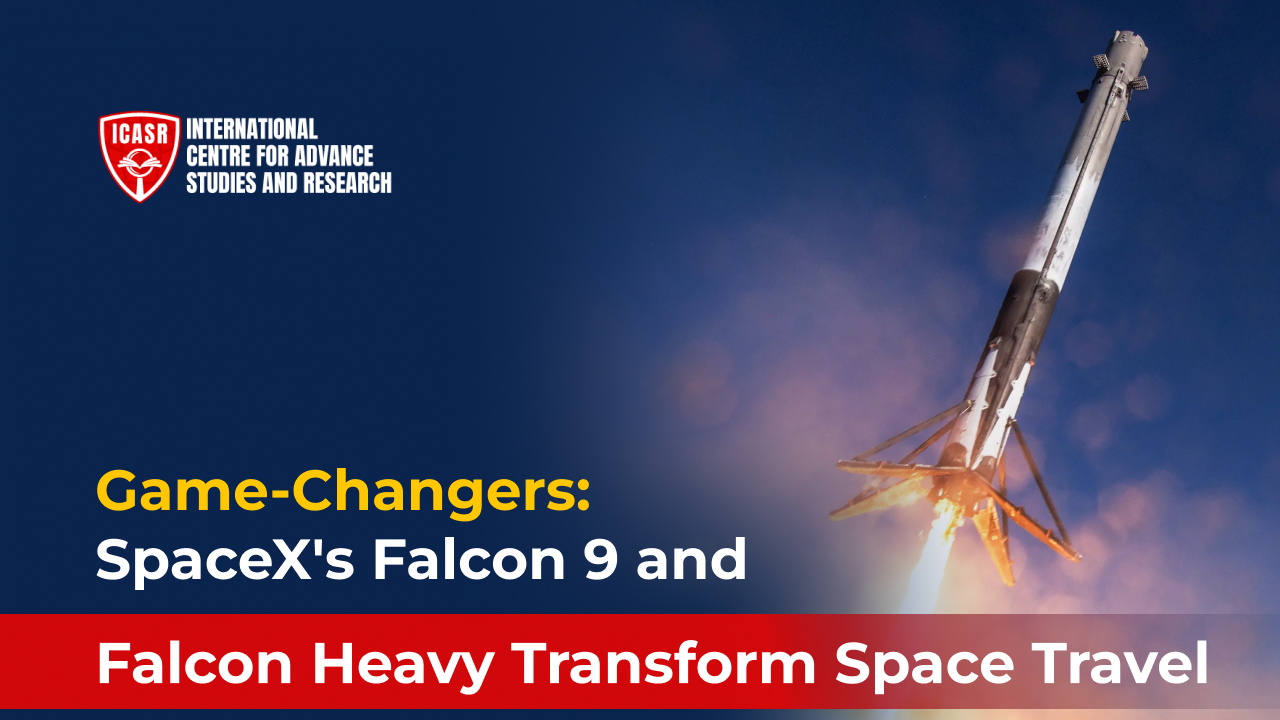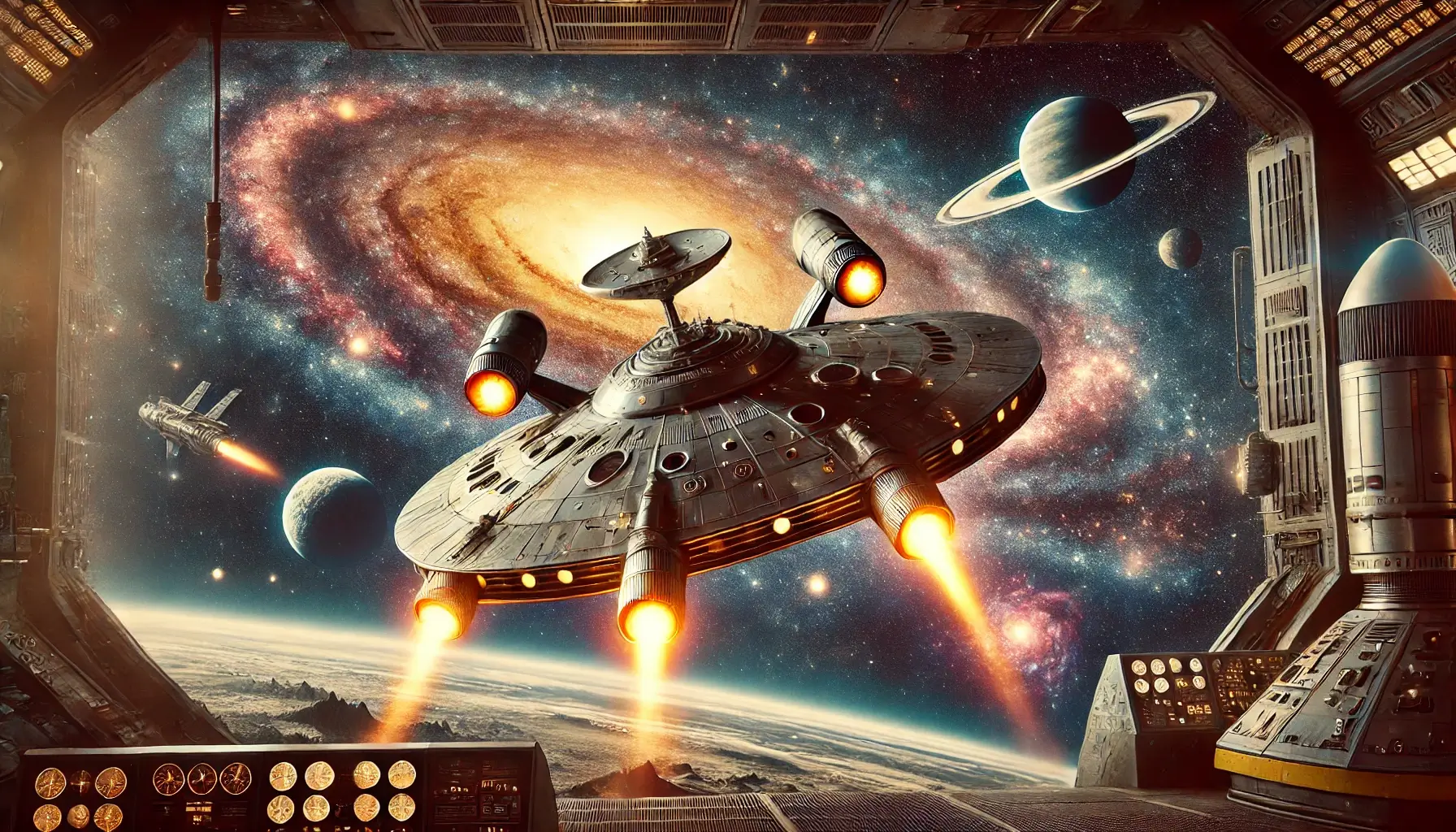Space travel was unknown territory to many because it seemed like something that would require enormous amount to venture into. It was mostly governments and rich individuals who dared attempt such a journey. However, the entry of SpaceX's ingenious Falcon 9 and Falcon Heavy rockets into this arena has changed everything about it. These reusable models have made launching more affordable than ever before, while at the same time making sure that anyone can now go to space.
The Falcon 9:
The Falcon 9 launch is a two-stage partially reusable rocket that has played a significant role in SpaceX's achievements. It was first launched in 2010 and quickly became known for always delivering spacecraft to space on time. The Falcon 9 launch craft can be distinguished from the usual rockets by having its first stage reused separately. This game-changing innovation permits the rocket to return to Earth and arrive vertically, either on a designated cushion near the launch location or on a drone ship positioned within the sea.
Revolutionizing Reusability:
The reusability of the Falcon 9's first stage holds immense significance. Customarily, the primary stage, containing the bulk of the rocket's fuel and motors, constituted the foremost costly portion of a launch. Disposing of it after each mission meant galactic costs. This reduction, assessed to around 60%, has had a ripple impact all through the space industry, making space missions more available for a wider run client- from government agencies and established space companies to startups and colleges.
The Falcon 9's Versatility:
The Falcon 9's effect extends far beyond cost reduction. Its flexibility has opened entryways for a variety of space missions. Here are some key regions where the Falcon 9 shines:
- Delivery to the International Space Station (ISS): SpaceX's Dragon shuttle, launched by the Falcon 9, became the primary commercial shuttle to dock with the ISS in 2012. Since then, it has conducted various cargo resupply missions, conveying vital supplies and gear to space travellers on board.
- Crew Dragon and Human Spaceflight: Building upon the success of the Dragon cargo shuttle, SpaceX created the Crew Dragon, particularly outlined to carry people. In 2020, the Falcon 9 effectively launched the Crew Dragon Demo-2 mission, carrying space explorers to the ISS, stamping a noteworthy moment for commercial human spaceflight.
- Deployment of Starlink Satellites: SapceX's ambitious Starlink project, a constellation of internet satellites meant to give global broadband coverage, sees the Falcon 9 occupy a pivotal place. This huge network is being established thanks to the Falcon 9's capability of dispensing numerous Starlink satellites in one go.
- Launching Commercial and Scientific Satellites: When it comes to launching commercial and scientific satellites, Falcon 9 is very versatile. Indeed, from communication commercial satellites to scientific research probes, a broad array of satellite types can be launched by this launch vehicle. This helps satisfy the increasing need for cheap access to space needed for any type of research or commercial activities since it is possible both in this industry and another field of life not dealing with the cosmos only.
The Falcon Heavy:
Whereas the Falcon 9 has ended up a workhorse for medium-lift missions, for heavier payloads, SpaceX required a more effective solution. Enter the Falcon Heavy, a behemoth built upon the central innovation of the Falcon 9. It's a triple-threat- Falcon 9 centre flanked by two additional Falcon 9 first stage as strap-on boosters. This configuration gives unparalleled lifting capacity, as of now unmatched by any operational rocket in the world.
The Power of the Falcon Heavy
The Falcon Heavy's maiden flight happened in 2018 and it was quite a show. A test payload was carried on it in the form of a cherry-red Tesla Roadster, hence associating space missions with premium sports vehicles. Nevertheless, Falcon Heavy was designed to be capable of handling up to 70 tons on its route into orbit.
Falcon Heavy's capability allows it to send probes and spacecraft along trajectories that cross through planets. This is the gateway to ambitious deep space exploration missions of probes targeted at Mars, the Moon and further. Falcon Heavy can lift bigger and more sophisticated satellites that can enable mega-constellation deployment for different purposes like expanding internet coverage or huge-scale earth observation missions.
The Future of Space: A Reusable Renaissance
SpaceX's Falcon 9 and Falcon Heavy are more significant than their immediate benefits. They have ushered in a new epoch in space travel concerning reusability and cost-effectiveness. This clearly shows the future of the space industry. What sparkles on the horizon is the following:
- Reduced Launch Costs: Affordable space access is expected to expand with a shift towards reusability thus lowering payload launch costs. This trend, in turn, will lead to increased interest in space exploration and development by diverse participants.
- Increased Space Exploration: A burst of space investigation voyages to the Moon, Mars, and beyond that will consequently help us have a better understanding of our solar system and the universe.
- Space Tourism: Reduced cost and greater safety could make space tourism a more realistic possibility. It is possible for private companies to provide suborbital or even orbital flights offering select customers a chance to see outer space.
- The Rise of the New Space Economy: As space becomes more accessible, businesses will form new industries in space such as asteroid mining for resources, building manufacturing plants or even establishing colonies on the Moon and Mars.
Looking Ahead:
Although Falcon 9 and Falcon Heavy have given twists to space travel, SapceX is not stopping at that. The firm is coming up with Starship, a launch vehicle and spacecraft fully reusable intended for interplanetary voyages. With Starship, there is a hope of lifting a lot more weight more easily, as well as point-to-point travel possibilities on Earth.
SpaceX's Falcon 9 and Falcon Heavy have undoubtedly revolutionized space travel. Their breakthrough that involved reusability as well as price slash untied for a more lively and obtainable space sector. Therefore, this signifies only the start of a different age in space discovery when it seems like nothing is impossible. The technological advances triggered by these rockets will determine how we interact with other galactic systems as humankind progresses.


